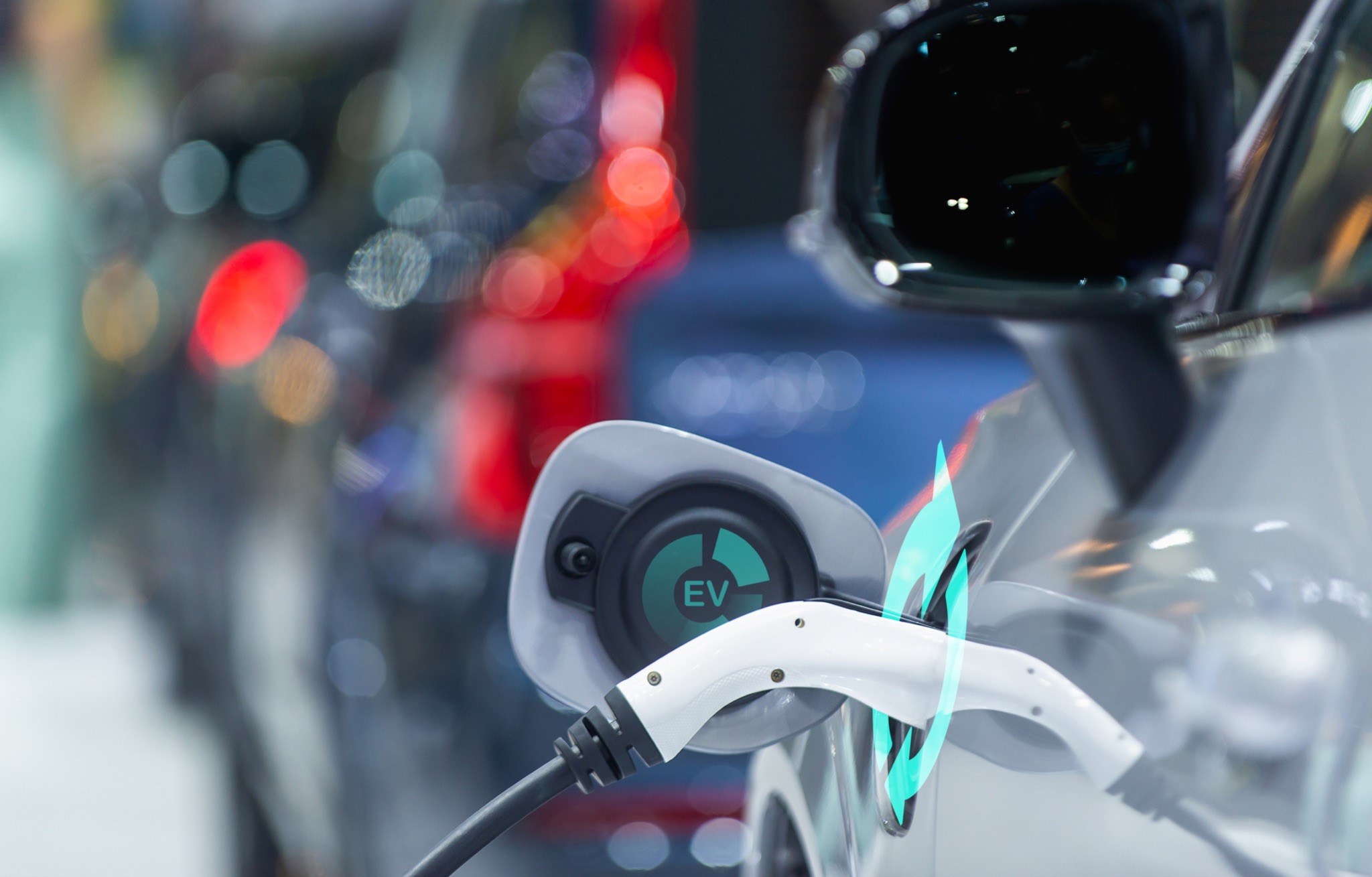Experience the ultimate convenience in electric vehicle (EV) technology with Tesla’s extensive network of charging stations. Tesla has been a frontrunner in the development of EV infrastructure, catering to the growing demand for sustainable, efficient, and seamless charging solutions. Our goal here is to provide a comprehensive analysis of Tesla Charging Stations, uncovering their unique benefits and how they have revolutionized the EV experience.
Tesla’s Global Charging Network: A Detailed Overview
Tesla’s charging network is unparalleled in its reach, efficiency, and user convenience. As of 2023, Tesla boasts more than 25,000 Supercharger stations worldwide, a number that outpaces any other EV manufacturer. This global network ensures that Tesla owners can travel with confidence, knowing a charging station is always within reach.
Supercharger Stations
Tesla Superchargers, with their high-speed charging technology, have set a new standard in EV charging. Supercharger stations can provide up to 200 miles of range in just 15 minutes. Furthermore, their strategically chosen locations along major highways and in city centers optimize convenience for Tesla owners.
Destination Charging Locations
Tesla’s Destination Charging program complements the Supercharger network by installing charging points at places people tend to spend several hours, like hotels, restaurants, and shopping centers. As of 2023, there are over 30,000 Destination Charging locations globally, adding an extra layer of convenience for Tesla owners.
Unveiling the Data: Tesla’s Charging Stations
Charging Speed
The Supercharger V3, Tesla’s latest version, can deliver a peak charging rate of up to 250 kW, which is enough to provide up to 75 miles of range in just 5 minutes. Tesla’s proprietary charging technology gives it a significant advantage over other EV manufacturers.
Charging Cost
The cost of charging at a Tesla station varies by location, but on average, it costs around $0.28 per kWh in the United States. This translates to around $14 for a full charge on a Model 3, considerably lower than the cost of filling a traditional car with gasoline.
Charging Station Accessibility
The average distance between Supercharger stations in densely populated regions is approximately 30 miles, with a maximum distance of around 150 miles in less populated areas. This ensures that Tesla drivers are never far from a charging point, a significant factor contributing to Tesla’s popularity among EV enthusiasts.
Unique Insights
Tesla Charging Experience
Tesla Charging Stations offer more than just power for your vehicle; it provides an entire ecosystem designed around the user’s convenience.
User-Friendly Mobile App
Tesla’s mobile app provides real-time data about the charging process, including charging speed and remaining time. It also alerts users when their car is fully charged, adding to the seamless charging experience.
Innovative V3 Supercharging Technology
Tesla’s V3 Supercharging technology reduces the amount of time customers spend charging by an average of 50%, enhancing the travel experience for EV owners.
Future of Tesla Charging Stations
Tesla plans to enhance its charging network by integrating solar power and battery storage. This sustainable solution aims to make the charging network entirely energy-independent, marking another step towards Tesla’s mission of accelerating the world’s transition to sustainable energy.
Conclusion
Tesla Charging Stations have elevated the EV experience, providing a seamless, efficient, and convenient charging solution. With impressive charging speed, strategic station locations, and user-focused innovations, Tesla continues to pave the way for a sustainable future in transportation.







